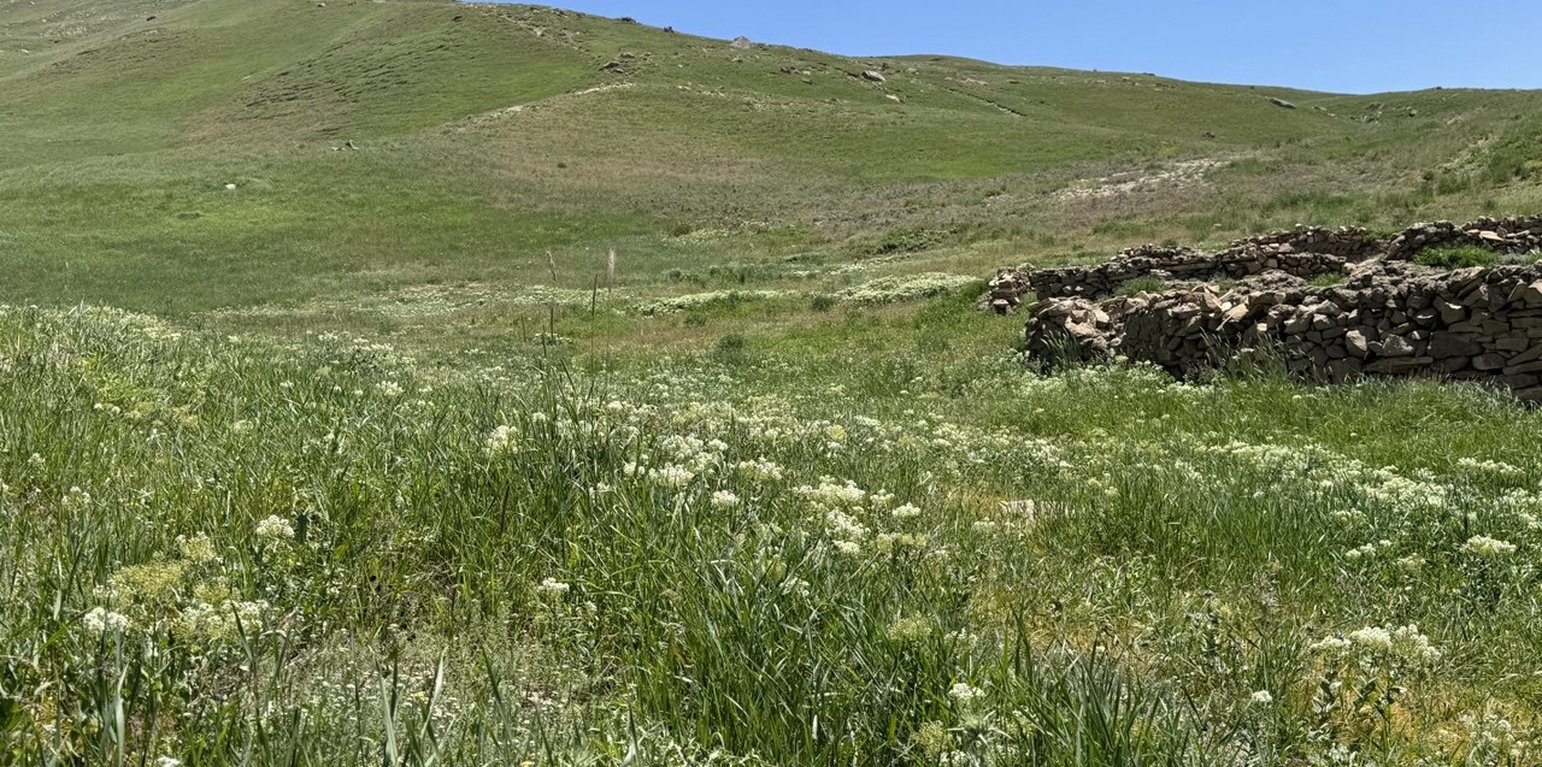



The Food and Agriculture Organization (FAO) project of “Community-based sustainable land and forest management in Afghanistan” aimed to promote biodiversity conservation, climate change mitigation, and rangeland productivity through introducing community-based sustainable land and forest management (SLM/SFM) practices in rangeland and forest areas within five targeted provinces, including Badghis, that benefited rural communities that rely on these ecosystems for their livelihood.
In June 2022, a 1,000-hectare rangeland quarantine area was established to promote the rehabilitation of degraded land and restore the natural vegetation cover. This area was strategically enclosed with clearly marked benchmark boundaries to prevent grazing and ensure its complete protection. By protecting this area from human interference and grazing, the land has been given the opportunity to recover naturally.
The quarantine area has shown remarkable improvements in the health of its ecosystem. Native grasses, shrubs, and bushes have successfully rehabilitated, with noticeable growth and regeneration. The efforts to protect this area have allowed these plants to thrive without the pressure of overgrazing, leading to the revitalization of the local flora.
A significant outcome of the quarantine area is its role as a natural seed bank. Native seeds collected from this rehabilitated land are now being stored and used for reseeding other degraded rangelands. These seeds, adapted to the local environment, have high potential for successful regeneration when used to restore other areas facing similar ecological challenges. This process not only supports the rehabilitation of nearby rangelands but also contributes to the long-term sustainability and resilience of the local ecosystem.
The success of this quarantine area highlights the importance of protective measures and demonstrates the potential for land recovery through strategic interventions. As a result, this area serves as both a model for rangeland rehabilitation and a valuable resource for future restoration efforts across the region.
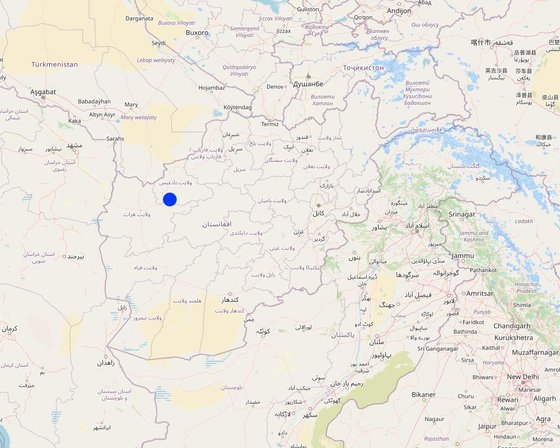
地点: Deh Beranj Rangeland Management Association, Qadis district, Badghis province, 阿富汗
分析的技术场所数量: 单一场所
技术传播: 均匀地分布在一个区域 (10.0 km²)
在永久保护区?: 否
实施日期: 2022; 不到10年前(最近)
介绍类型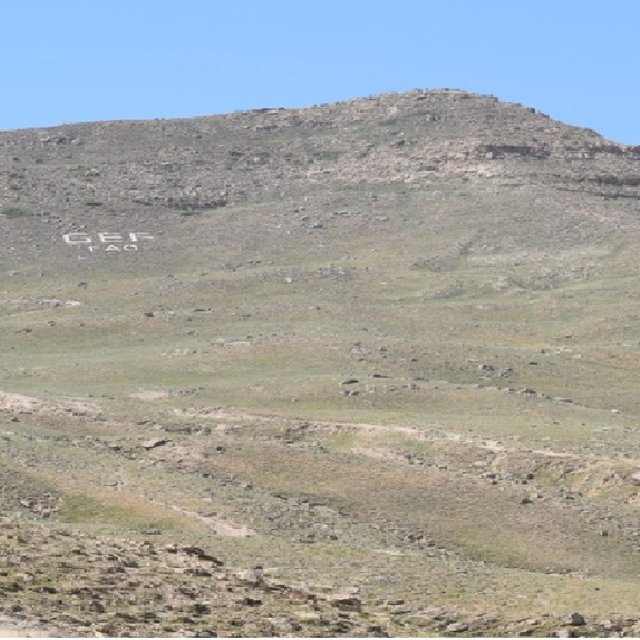
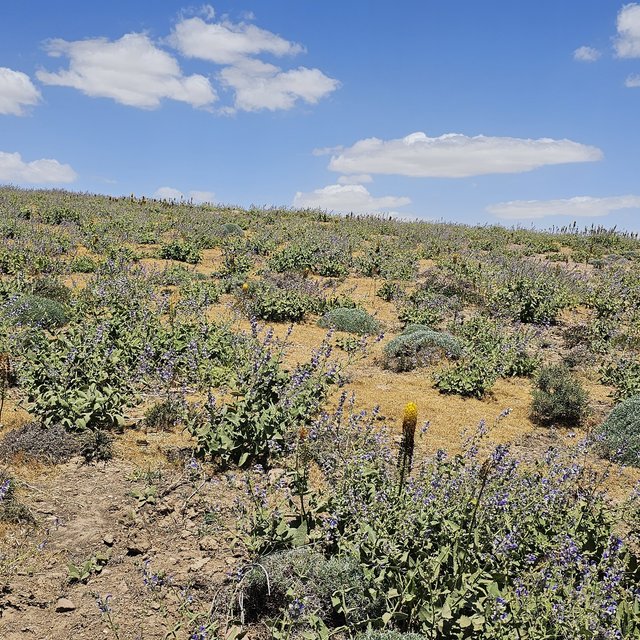

| 品种 | 计数 |
| 绵羊 | 50000 |





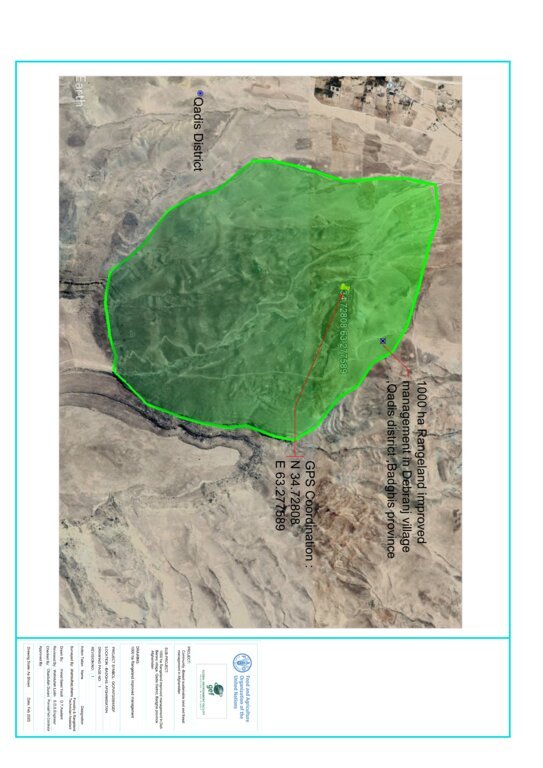
| 对投入进行具体说明 | 单位 | 数量 | 单位成本 (美元) | 每项投入的总成本 (美元) | 土地使用者承担的成本% |
| 劳动力 | |||||
| Skilled labour for construction of benchmark | person/day | 60.0 | 750.0 | 45000.0 | |
| Unskilled labour for construction of benchmark | person/day | 130.0 | 350.0 | 45500.0 | 100.0 |
| Guard for patrolling the area | person/day | 2.0 | 72000.0 | 144000.0 | 50.0 |
| 施工材料 | |||||
| Rock | M3 | 100.0 | 600.0 | 60000.0 | 100.0 |
| 技术建立所需总成本 | 294'500.0 | ||||
| 技术建立总成本,美元 | 3'926.67 | ||||
| 对投入进行具体说明 | 单位 | 数量 | 单位成本 (美元) | 每项投入的总成本 (美元) | 土地使用者承担的成本% |
| 劳动力 | |||||
| Guard for patrolling the area | person/year | 2.0 | 72000.0 | 144000.0 | 50.0 |
| 技术维护所需总成本 | 144'000.0 | ||||
| 技术维护总成本,美元 | 1'920.0 | ||||
SLM之前的数量: 500 kg fodder/ hectare
SLM之后的数量: 900 kg fodder/hectare
Preventing overgrazing helps maintain plant cover and allows for recovery periods, leading to increased biomass production.
SLM之前的数量: 0.5 liter per sheep/day
SLM之后的数量: 1 liter per sheep/day
Enhancing the quality and availability of forage provid sheep with a more nutritious diet, which directly impacts milk production.
SLM之前的数量: Contaminated water with minerals
SLM之后的数量: Leading to clearer and cleaner water
Effective rangeland management practices enhance the overall health of the ecosystem, leading to improved drinking water quality through better infiltration due to better soil cover and less water runoff.
Sustainable rangeland management supports local economies by providing livelihoods through livestock production, which can improve food access and self-sufficiency in communities.
SLM之前的数量: Less nutritious animal products
SLM之后的数量: More nutritious animal products
Enhanced forage quality leads to healthier livestock, which provides better quality meat and dairy products, contributing to improved nutrition for communities.
SLM之前的数量: Little capacity building
SLM之后的数量: Capacity building for 500 members of the Rangeland Management Association
Training programs for farmers and land managers, increasing their knowledge about sustainable practices and land conservation techniques.
Rangeland improvement practices can significantly reduce surface runoff, enhance soil health, and improve water quality
More efficient excess water drainage, enhancing soil structure, reducing waterlogging, and promoting overall ecological health.
SLM之前的数量: 20% soil cover
SLM之后的数量: 80-90% soil cover
Enhanced vegetation cover leads to healthier ecosystems, improved soil conditions, and increased biodiversity.
SLM之前的数量: 20%
SLM之后的数量: 80-90%
Enhanced vegetation cover leads to healthier ecosystems, improved soil conditions, and increased biodiversity
SLM之前的数量: 20-30% biomass
SLM之后的数量: 80-90% biomass
Rangeland improvement practices significantly boost biomass and above-ground carbon levels, enhancing ecosystem productivity and contributing to carbon sequestration efforts.
SLM之前的数量: 60/plants per square meter
SLM之后的数量: 200/plants per square meter
Enhanced plant diversity leads to healthier ecosystems, increased resilience, and improved overall productivity.
SLM之前的数量: 500 kg fodder/ha
SLM之后的数量: 800 kg fodder/ ha
Rangeland improvement practices significantly mitigate the impacts of drought, enhancing soil moisture retention, vegetation resilience by enhancing the land's ability to retain moisture and support vegetation growth, and overall ecosystem stability.
SLM之前的数量: 80000 m3/ winter season
SLM之后的数量: 20000 m3/ winter season
Healthy, diverse plant communities capture and sequester more carbon dioxide through photosynthesis, contributing to greater carbon sequestration and contributing to climate change mitigation efforts.
SLM之前的数量: 10-12 times /year
SLM之后的数量: Zero floods per year
Risk and impact of downstream flooding is significantly reduced by enhancing vegetation cover, improving soil health, and promoting better water management.
SLM之前的数量: 20 tons CO2 removed/year
SLM之后的数量: 50 tons CO2 removed/year
Healthy rangelands help absorb more carbon in plants and soil, which lowers the amount of CO₂ in the atmosphere. When these lands are grazed properly, they allow perennial and annual grasses to regrow. This regrowth not only captures more carbon but also improves soil health.